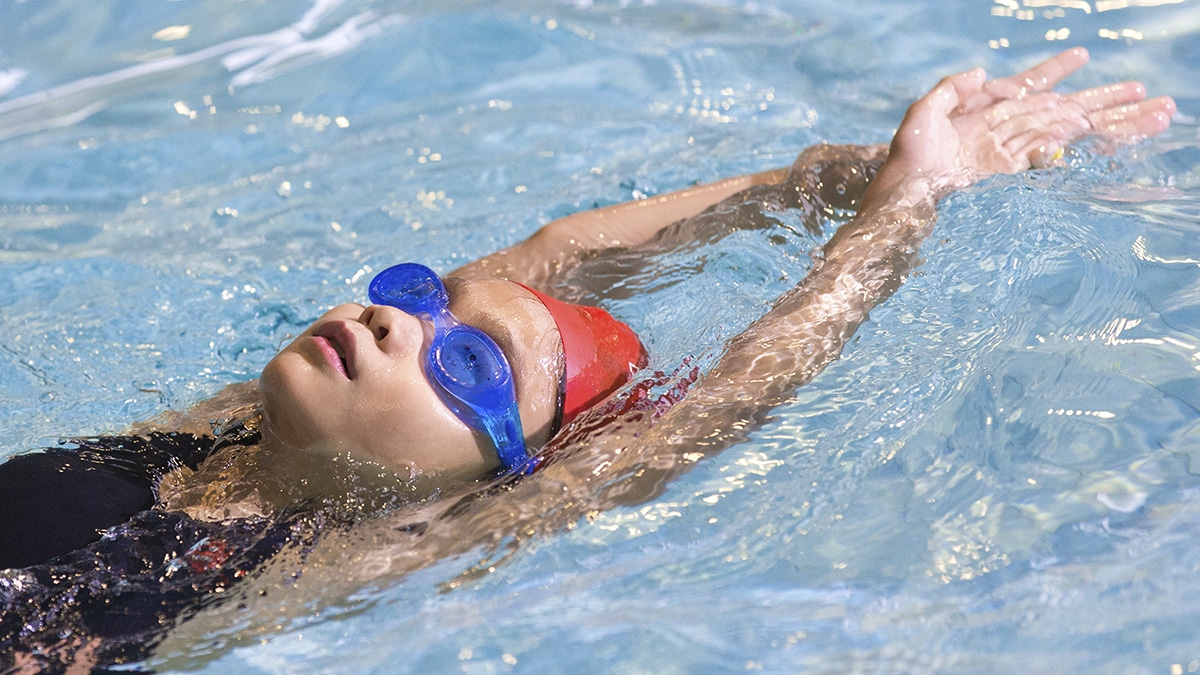
Research into swimming and water safety in schools
22 October 2018Swimming and water safety has been a statutory element of the national curriculum for physical education (PE) programme since 1994.
Statutory guidance states that: ‘all schools must provide swimming instruction either in Key Stage 1 or Key Stage 2.
In particular, pupils should be taught to: swim competently, confidently and proficiently over a distance of at least 25 metres; use a range of strokes effectively; perform safe self-rescue in different water-based situations.’
Key statistics on school swimming
- Almost 27 per cent of children aged seven to 16 years old swam in the last week. That’s 1.88 million young people.
- 138,000 children (almost one in four) cannot swim the statutory 25 metres when they leave primary school.
- National curriculum guidelines indicate that children should be able to swim 25 metres unaided by the time they leave primary school.
- The data shows that 77 per cent of Year 7 (first year of secondary school, age 11-12) children can do this. This only increases slightly to 81 per cent by Year 11 (age 15-16).
- Ability to swim 25 metres is affected by both family affluence and location (looking at school years 1-11).
- Only 42 per cent of children and young people with a low family affluence score can swim 25 metres unaided, compared to 86 per cent of those with a high family affluence score.
- Only 45 per cent of children and young people going to school in the most deprived areas of the country can swim 25 metres, compared to 76 per cent in the least deprived areas.
Source: Active Lives Children and Young People, 2018
- Swim England Parents and Curriculum Swimming Research 2018
Swim England conducted insight into parent perceptions of school swimming. Read the results here.
Curriculum Swimming recommendations report
In May 2016, the national Swim Group set up a review group to assess Curriculum Swimming and Water Safety to advise the Government on how to:
- Ensure all children leaving primary school are able to meet the national curriculum minimum standard of capability and confidence in swimming and safe self-rescue.
- Tackle the challenges around delivering curriculum swimming and water safety lessons.
The resulting report, launched in July 2017, focused on six key areas and provided 16 recommendations on how to improve curriculum swimming in primary schools.
The Swim Group is made up of representatives from across the education, sport and leisure sectors. The review group also included a technical group of frontline expert deliverers.
Find out more about our support for schools to deliver high quality swimming and water safety lessons.
 Swim England
Swim England